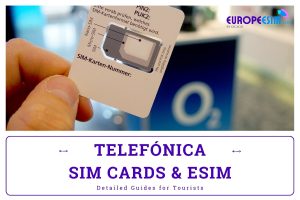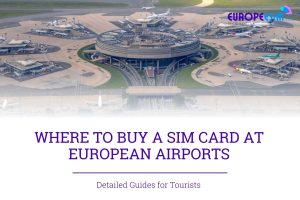Traveling to Europe can be an amazing experience full of new sights, sounds, cultures, foods, and more. One thing you’ll want to be mindful of is your cell phone service and data usage while abroad. Using your regular cell plan from back home while in Europe can result in massive roaming charges. Having a plan for cell service and data while traveling internationally will allow you to stay connected affordably. Here’s a comprehensive guide to everything you need to know about data roaming in Europe.
Table of Contents
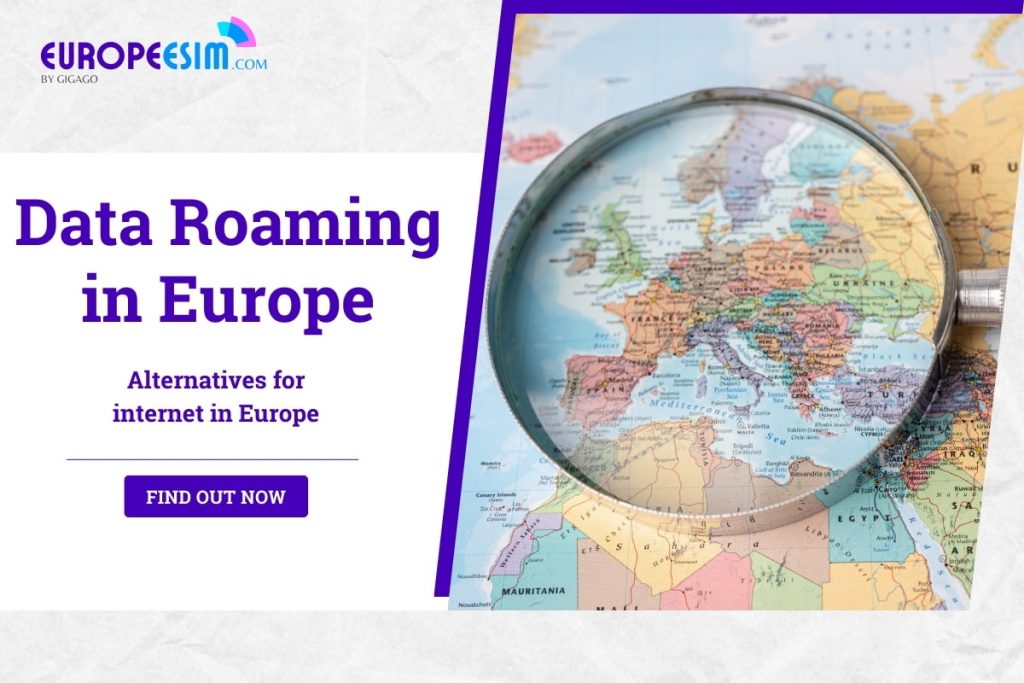
I. Roaming In Europe – Quick Facts For Tourists
Roaming refers to using your mobile phone’s network services (calls, texts, data) while outside your home country. Typically, roaming in Europe incurs additional charges.
1. If you are from EU countries
The good news is that for citizens of the European Union (EU), roaming within the EU is free thanks to the EU roaming policy. This means you can enjoy worry-free calls, texts, and data usage across borders without any additional charges.
So if you have a cell plan from Italy and travel to France, you can use your mobile service just like you would in Italy without racking up roaming charges. Roaming in Europe policy makes travel and communication so much easier when visiting neighboring European countries.
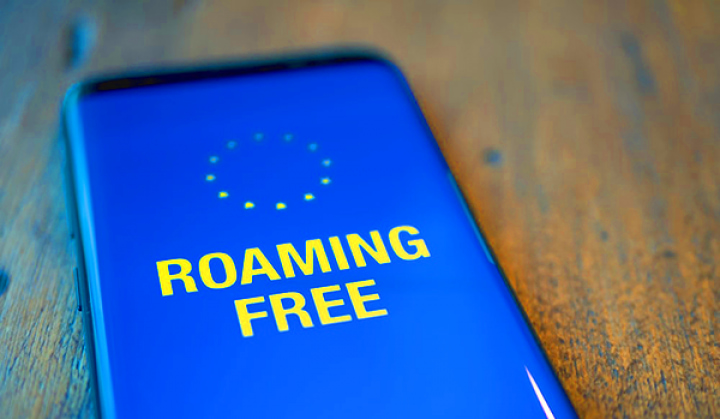
2. If you are not from EU countries
If you are traveling to Europe from a non-EU country like the USA, Canada, Australia, etc., you will not benefit from the free EU roaming. You’ll need to check with your home mobile operator about roaming charges or consider alternative options like:
- Local SIM cards: Purchase a local SIM card upon arrival for more affordable data and calls.
- eSIM: Consider getting a prepaid SIM card specifically designed for travelers, offering coverage in multiple European countries.
- Wi-Fi: Utilize free Wi-Fi hotspots whenever available, like in cafes, restaurants, or hotels.
Needless to say, you’ll want to look into alternate international cell service options before traveling to Europe to avoid getting hit with a cell phone bill in the thousands of dollars. We’ll cover the best ways to get affordable service in Europe down below.
II. Does EU Roaming Include The UK?
No, EU roaming does not include the UK. Since the UK left the European Union, its citizens and visitors are no longer subject to the free EU roaming policy. You need to check your home carrier’s roaming plans or consider local SIM cards for data and calls within the UK.
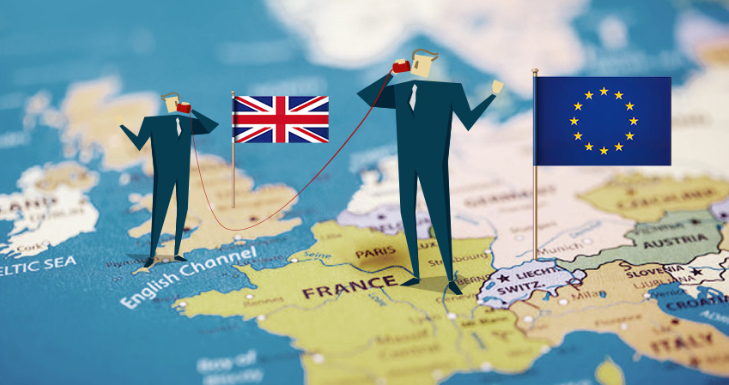
III. Roaming Rates In Europe
If you will be traveling in Europe and want to use your regular cell plan instead of alternatives, here are the roaming rates to expect from major carriers:
| Operator: | Data Price per MB: | Notes: |
| AT&T (US) | ~$10-20 | Varies depending on plan, can be costly. |
| Verizon (US) | ~$10-15 | Data passes available, but still expensive. |
| T-Mobile US | ~$0.25-0.50 | Requires specific international plans, still cheaper than others. |
| Rogers (Canada) | ~$10-15 | Additional roaming charges apply, data passes might be expensive. |
| Bell (Canada) | ~$10-20 | Varies by plan, roaming can be very expensive. |
| Vodafone (UK) | £5-10 | Depends on plan, some offer daily roaming charges. |
| EE (UK) | £8-12 | Roaming charges apply based on usage, add-ons available. |
As you can see, it can still add up fast if you will be traveling internationally for an extended time. A month in Europe using one of these roaming plans could rack up $300 or more in cell phone charges.
For moderate or heavy data usage, you’ll usually save money with international eSIM/SIM cards or pocket WiFi instead.
Note: These are approximate prices and subject to change. Always check your specific carrier's roaming rates and consider alternative options for a more budget-friendly European experience.
IV. How To Avoid Roaming Charges In Europe
Avoiding expensive roaming fees while traveling internationally is easy! Here are the best options:
1. Prepaid International Europe SIM card
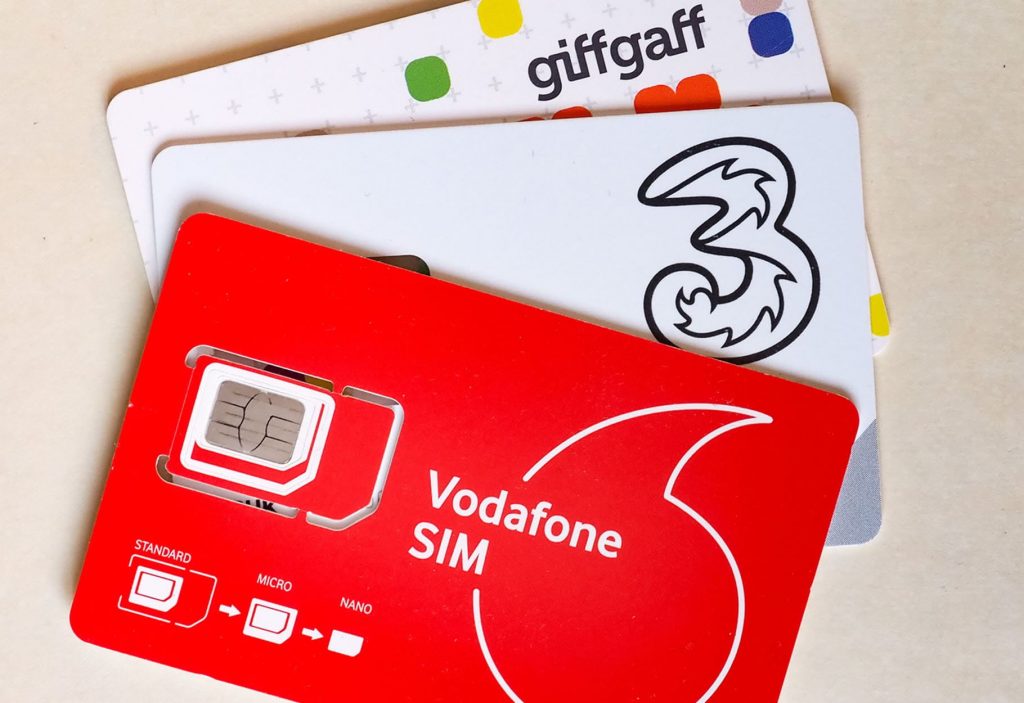
Buying a European SIM card is one of the most popular choices for convenient, affordable cell service while abroad. These provide local service in the countries you are visiting so you avoid roaming charges to your regular provider.
- Pros: Affordable compared to roaming, convenient multi-country coverage, familiar setup.
- Cons: Requires card swap, potential compatibility issues, might not be readily available everywhere.
2. Europe eSIM – alternative to SIM cards for Europe
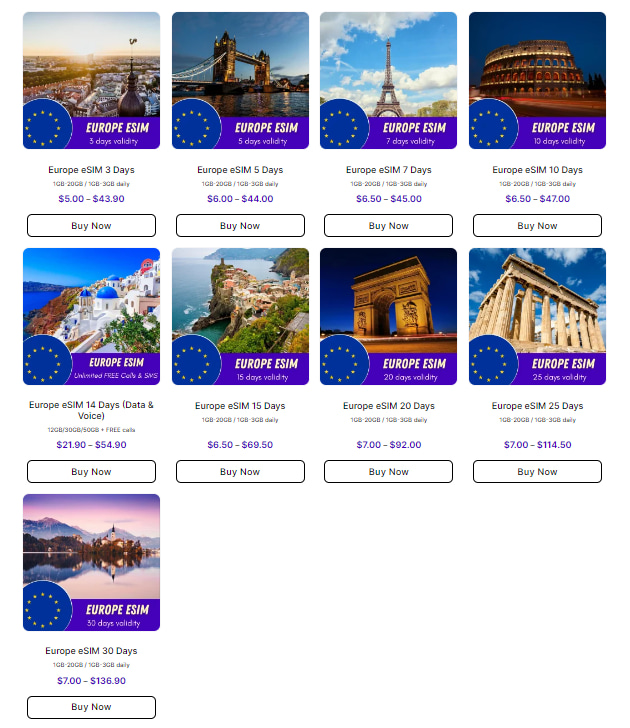
Another option is using an eSIM plan from a provider like Europe eSIM rather than a physical SIM card. An eSIM is a digital SIM you can purchase online and activate with a QR code on your phone.
eSIMs work in smartphones that have an embedded SIM chip and support eSIM technology. eSIMs are super convenient since they don’t require visiting a shop abroad to get a SIM card. You can buy and activate it on the spot before you travel.
- Pros: Quick and easy setup, flexible data packages, often good value for money, convenient multi-country coverage.
- Cons: May not be universally available, limited carrier selection compared to SIM cards, might require a compatible phone model.
3. Free WiFi
Using free public WiFi is an easy way to access data on the go without using your cell plan. Many restaurants, cafes, hotels, airports, and city centers offer complimentary WiFi.
You can connect for free and use apps like Skype, WhatsApp, Facebook Messenger to stay in touch with friends and family back home. Be cautious about accessing sensitive info like banking on public WiFi. Using a VPN provides some added security when on public networks.
- Pros: Freely available in many places, convenient for basic online tasks.
- Cons: Security concerns, unreliable speed and range, limited to specific locations, not suitable for streaming or downloading.
4. Pocket WiFi
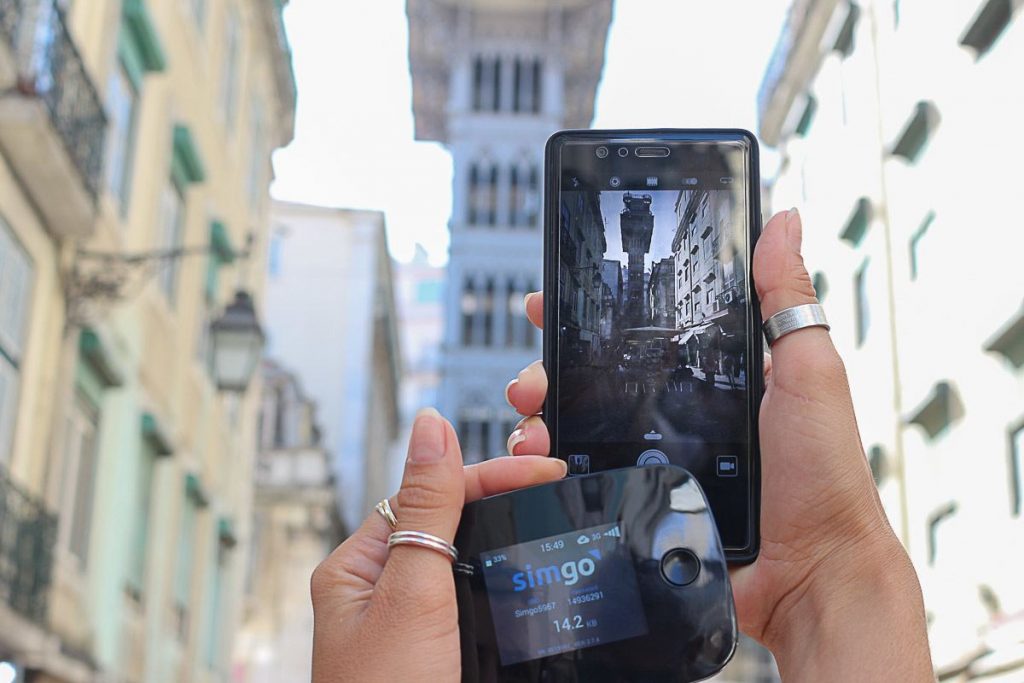
Pocket WiFi devices provide a WiFi hotspot connection using local networks so you can get online with multiple devices without expensive roaming. They are popular with families or group travelers.
Some top pocket WiFi rental providers for Europe travel include: Hip Pocket WiFi, Solis (formerly Skyroam), GlocalMe
You can rent a portable WiFi hotspot online ahead of time and pick it up once arriving at your destination. Some companies offer delivery directly to your hotel. Pocket WiFi is an easy plug-and-play option for keeping connected abroad.
- Pros: Shareable data connection, good for groups or multiple devices, convenient in areas with limited coverage.
- Cons: Requires charging, can be bulky, rental fees or data charges might apply.
5. Other ways to avoid roaming charges
A few other methods besides roaming in Europe:
- Local Tethering: Using your local SIM card data plan to create a Wi-Fi hotspot for your other devices to connect to.
- Utilize Satellite Communication Devices: For true off-the-grid connectivity, consider investing in a satellite communication device like a Garmin InReach or SPOT Gen4. These devices allow you to send and receive text messages, make SOS calls, and track your location even in areas with no cell service.
V. Our Recommendations
To summarize, here are our top recommended options to avoid paying pricey roaming fees:
- Frequent traveler: Europe eSIM or Prepaid International SIM card might be ideal.
- Budget-conscious: Free WiFi or a local SIM card could be your best bet.
- Convenience: eSIM offers the least setup hassle.
- Group travel: Pocket WiFi provides a shared connection for multiple devices.
Any of these options will save you big on cell service rather than paying insane roaming fees. With an international SIM, eSIM or pocket WiFi, you also get way better data amounts compared to the stingy daily allotments from US carrier roaming plans. Stay connected affordably anywhere you travel in Europe. Safe travels!
VI. FAQs
What countries can I use free roaming in Europe?
The EU roaming zone includes the 27 member states of the European Union. UK residents can also roam freely in the EU for now.
How can I use my smartphone in Europe without paying for roaming?
To avoid roaming completely, get a local Europe SIM card, eSIM plan, pocket WiFi rental or connect primarily through WiFi.
Is roaming free in Europe after Brexit?
Yes, the UK and EU agreed to continue reciprocal free roaming until 2025 at least. The policy for UK travelers roaming in the EU from 2025 onwards is still to be determined.
Do SIM cards work across Europe?
Yes, most Europe SIM cards include service across multiple countries or Europe-wide coverage. Some allow you to customize the countries included in your plan.






